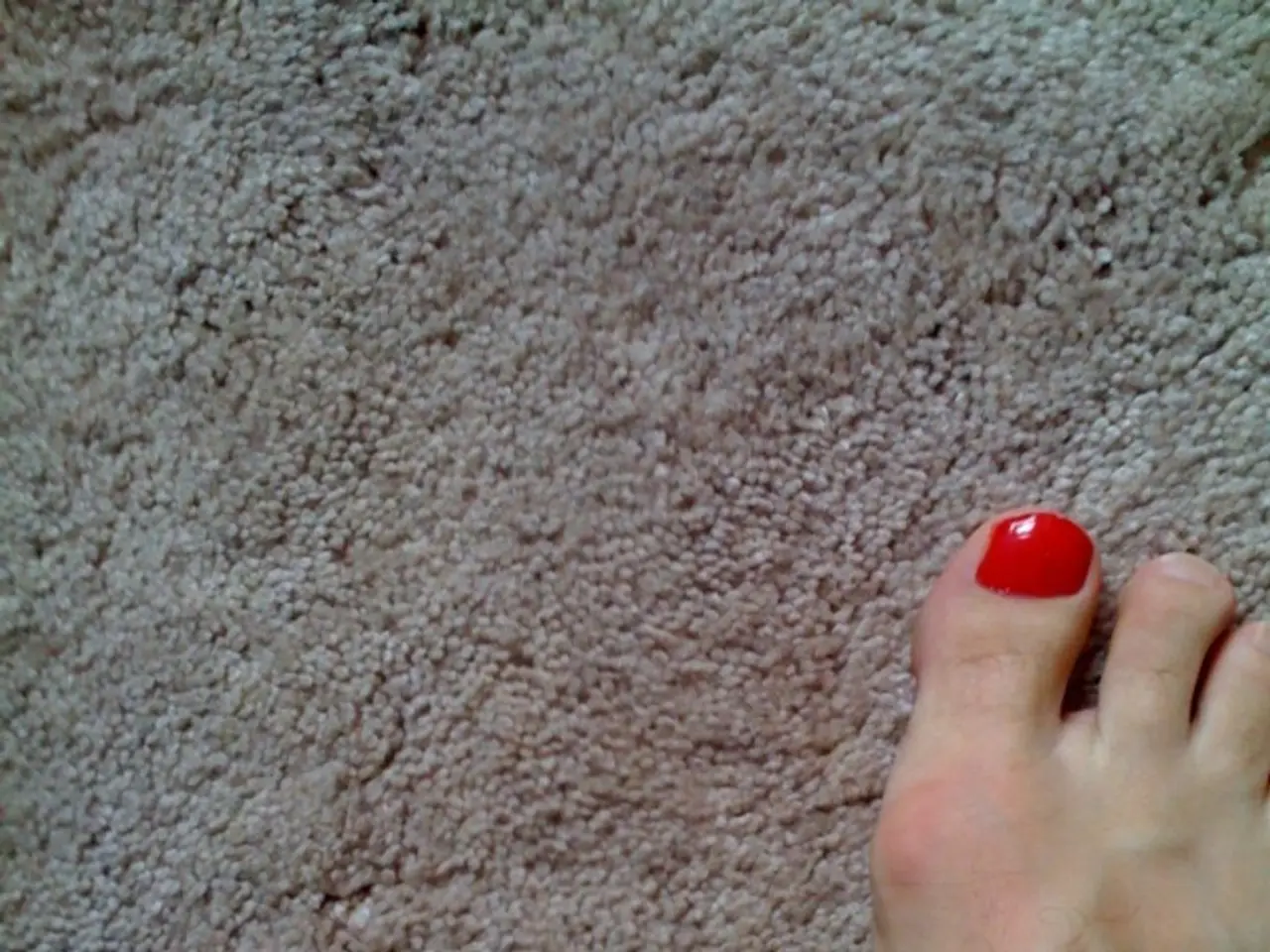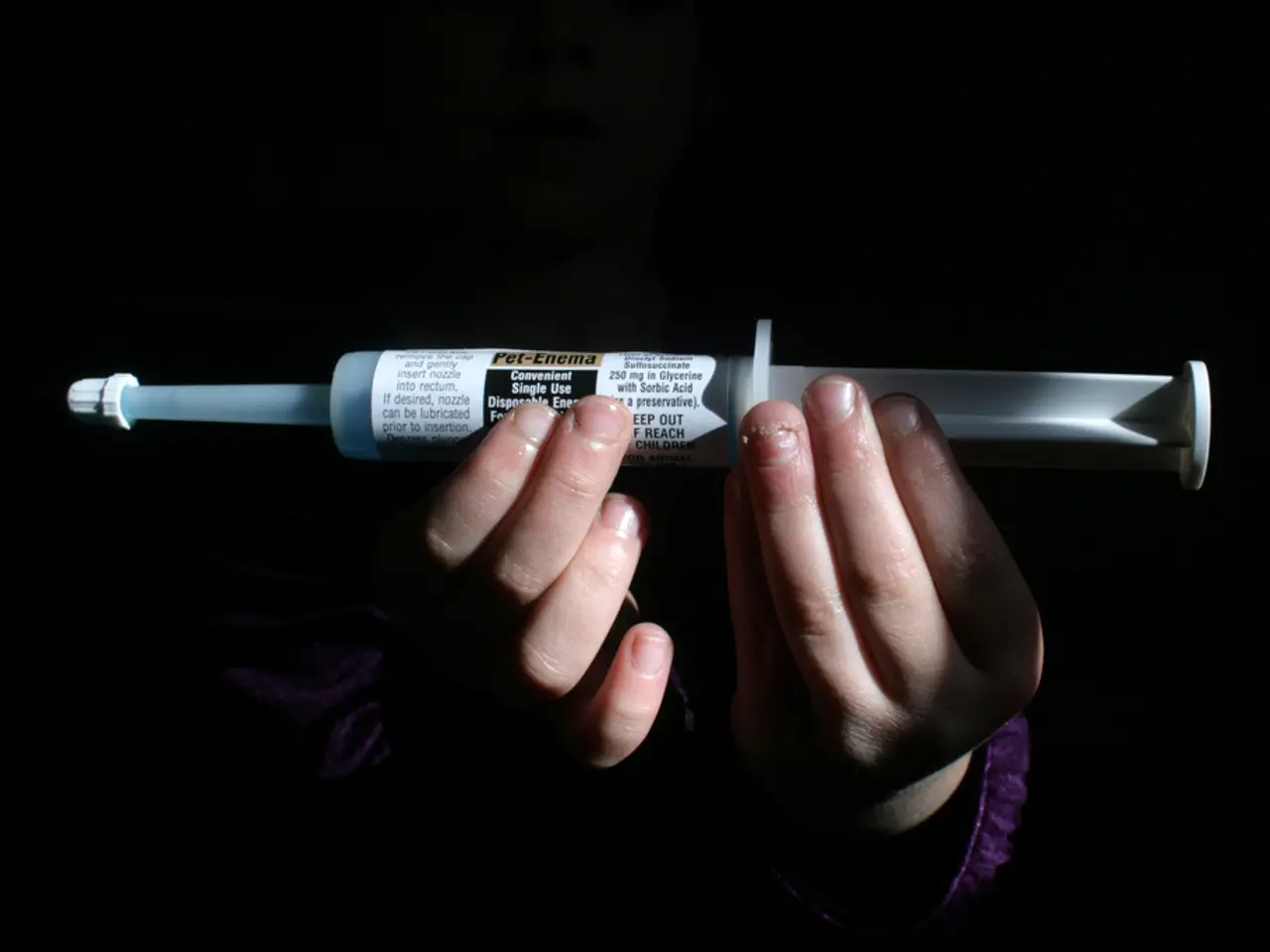Peripheral Artery Disease Symptoms, Remedies, and Underlying Factors
Peripheral Artery Disease (PAD), a condition that affects the blood vessels outside the heart and brain, is a significant health concern. PAD causes the blood vessels to narrow, restricting blood flow to the arms, kidneys, stomach, and legs, most commonly the legs.
The recommended first-line treatment for PAD is a supervised exercise program (SEP), particularly for patients with intermittent claudication. This approach, focusing primarily on walking, has been shown to be more effective than unsupervised exercise and improves symptoms and quality of life [1].
### Key Components of Recommended Exercise Treatment for PAD:
The supervised exercise program (SEP) typically involves structured, instructor-led exercise sessions, often involving walking or strengthening exercises. Sessions are designed to gradually increase walking distance and intensity over time [1]. Regular walking is considered the cornerstone of exercise therapy for PAD. Patients are encouraged to walk until moderate leg pain (claudication) occurs, then rest, and repeat this cycle to improve circulation and walking tolerance [2][3].
In addition to walking, aerobic exercises such as cycling should total at least 150 minutes per week of moderate intensity. Complementary resistance training and flexibility exercises targeting the lower limbs and upper body are also recommended to support overall function and vascular health [4][5].
### Benefits of Exercise Treatment for PAD:
Exercise treatment for PAD offers numerous benefits. It improves pain-free and maximum walking distance, encourages the development of collateral circulation through smaller arteries, and enhances quality of life and functional independence without invasive procedures [1][3][5].
### Other Treatment Options for PAD:
While exercise is the first-line treatment for PAD, other options may be considered. Surgical options include angioplasty and bypass surgery. A healthcare professional may also prescribe antiplatelet medications, such as aspirin or clopidogrel, to help prevent blood clots. Medications to lower cholesterol, such as statins, may be prescribed. A diet low in saturated fat, trans fat, and cholesterol, with plenty of fruit and vegetables, can help lower blood cholesterol levels for individuals with PAD [6].
High blood pressure medications, such as ACE inhibitors or angiotensin-receptor blockers, may also be prescribed. The American Heart Association (AHA) encourages people at risk to discuss PAD with their healthcare professional to ensure early diagnosis and treatment [7].
### Importance of Early Diagnosis and Treatment:
PAD is a major risk factor for heart attack and stroke. The 5-year survival rate of peripheral artery disease (PAD) is 79.2%, and the 10-year survival rate is 60.5%. Therefore, early diagnosis and treatment are crucial [8].
In conclusion, supervised walking-based exercise programs combined with aerobic and resistance training constitute the first-line exercise therapy for peripheral artery disease per current clinical guidelines and expert recommendations [1][4][5]. The most common cause of PAD is a buildup of cholesterol in the arteries. The most classic symptom of PAD is pain in the legs during physical activity. However, up to 4 in 10 people with PAD do not experience leg pain [9].
Sources: [1] American Heart Association (2021). Peripheral Arterial Disease (PAD): Diagnosis and Treatment. Retrieved from https://www.heart.org/en/health-topics/peripheral-artery-disease/peripheral-artery-disease-pad-diagnosis-and-treatment
[2] National Heart, Lung, and Blood Institute (2020). Peripheral Arterial Disease (PAD): What You Need to Know. Retrieved from https://www.nhlbi.nih.gov/health-topics/peripheral-arterial-disease-pad
[3] American College of Cardiology (2020). Exercise Therapy for Peripheral Artery Disease. Retrieved from https://www.acc.org/clinical/practice-guidelines/2020/practice-guideline-for-the-management-of-patients-with-peripheral-artery-disease-exec-summ
[4] American Heart Association (2021). Peripheral Arterial Disease (PAD): Lifestyle Changes. Retrieved from https://www.heart.org/en/health-topics/peripheral-artery-disease/peripheral-artery-disease-pad-lifestyle-changes
[5] National Institute for Health and Care Excellence (2018). Peripheral arterial disease: diagnosis and management. Retrieved from https://www.nice.org.uk/guidance/cg147
[6] American Heart Association (2021). Peripheral Arterial Disease (PAD): Lifestyle Changes. Retrieved from https://www.heart.org/en/health-topics/peripheral-artery-disease/peripheral-artery-disease-pad-lifestyle-changes
[7] American Heart Association (2021). Peripheral Arterial Disease (PAD): Warning Signs and Risk Factors. Retrieved from https://www.heart.org/en/health-topics/peripheral-artery-disease/peripheral-artery-disease-pad-warning-signs-and-risk-factors
[8] American Heart Association (2021). Peripheral Arterial Disease (PAD): What Is PAD? Retrieved from https://www.heart.org/en/health-topics/peripheral-artery-disease/peripheral-artery-disease-pad-what-is-pad
[9] National Heart, Lung, and Blood Institute (2020). Peripheral Arterial Disease (PAD): What You Need to Know. Retrieved from https://www.nhlbi.nih.gov/health-topics/peripheral-arterial-disease-pad
- Ulcerative colitis, a chronic inflammatory bowel disease, shares similarities with PAD as both are associated with chronic diseases and require early diagnosis and treatment for optimal health-and-wellness.
- Lung diseases such as asthma and COPD can also benefit from a supervised exercise program, as regular physical activity improves lung function and quality of life.
- One common treatment option for other heart diseases, like heartattack or cardiovascular-health issues, is prescription medication, such as aspirin or statins, in combination with lifestyle changes, including fitness-and-exercise and nutrition.
- Depression, a degenerative mental health condition, can coexist with PAD and other chronic diseases, and effective treatment often involves a multi-disciplinary approach, which may include medication and lifestyle modifications.
- Dry macular degeneration, an age-related condition affecting vision, can be mitigated through a healthy lifestyle, including a balanced diet rich in fruit and vegetables, regular exercise, and avoidance of smoking.
- Chronically inflamed joints in psoriatic arthritis can be managed with a combination of medications and therapies, including exercise and lifestyle modifications to maintain joint flexibility.
- Predictive models for cancer and hepatitis can be developed using scientific methods, including machine learning algorithms, to help in early detection and treatment, improving survival rates significantly.
- Regular exercise and a healthy diet can help in the management of obesity and its associated conditions, including Type 2 diabetes, hypertension, and other heart diseases.
- A healthcare professional may also prescribe antiplatelet medications for psoriatic arthritis to manage joint inflammation and prevent blood clots.
- Anthrax (AQ) infection, a serious disease caused by bacteria, requires prompt medical attention and treatment, often involving antibiotics and supportive care.
- Inflammatory bowel diseases like colitis should be managed through a combination of medications and lifestyle changes, including stress management, exercise, and nutrition.
- Improvements in cardiovascular-health, achieved through a supervised exercise program and lifestyle modifications, can also positively impact other aspects of health, such as reduced risk of stroke and other heart diseases, and improved mental health and quality of life.




